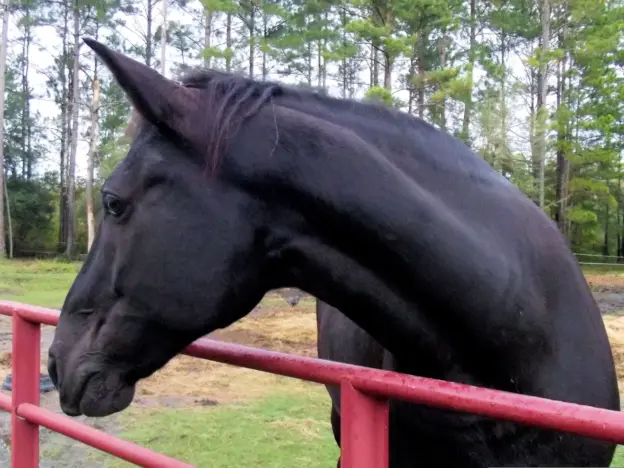Intro
The Tennuvian horse comes from a cross between Tennessee Walking Horses and Peruvian Pasos. Although there is a strong chance these two breeds have been crossed before, the Tennuvian name was officially coined by Paula Bosner of Colorado.
Read more









